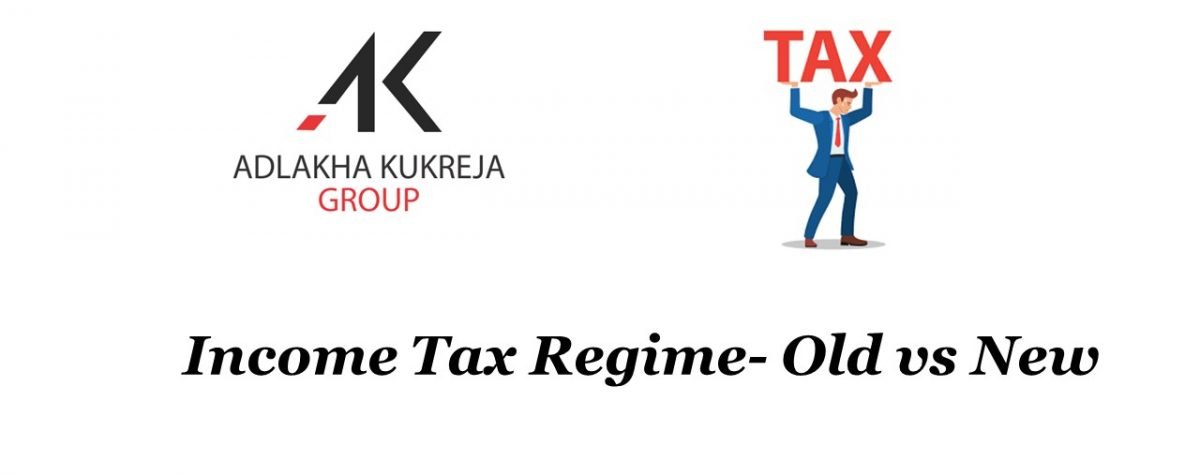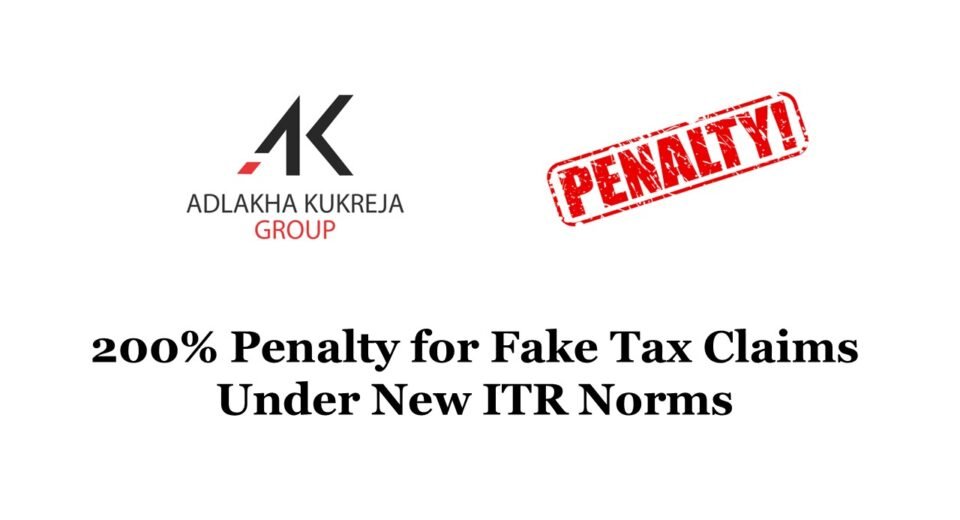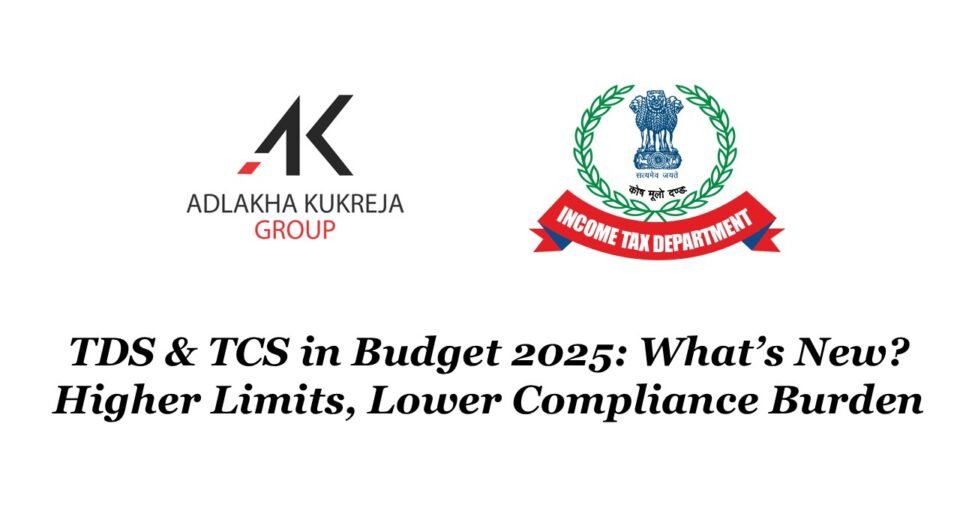
All about Updated Income Tax Return
May 7, 2022
Relief to TDS Deductors wrt Inoperative PANs
April 24, 2024As tax season is about to begin, let’s delve into a simplified discussion on the Old Tax Regime vs New Tax Regime. Until last year, the Old Tax Regime was the default scheme, allowing assesses to opt for the New Scheme by filling out Form 10IE. However, starting from FY 2023-24 and onwards, the New Tax Regime will become the default scheme. Though the new regime is now the default tax regime, the old tax regime will continue to exist. Assessee wishing to opt for the Old Tax Regime will need to file Form 10IEA before filing the Income Tax Return. For example, for AY 2024-2025, the due date for filing ITR is 31st July 2024.
New Tax Regime tax rates (i.e. Default scheme)
| Total Income | Rate of Tax |
| Up to ₹ 300,000 | Nil |
| ₹ 300,001- ₹ 600,000 | 5% |
| ₹ 600,001- ₹ 900,000 | 10% |
| ₹ 900,001- ₹ 1200,000 | 15% |
| ₹ 1200,001- ₹ 1500,000 | 20% |
| ₹ 1500,001 and above | 30% |
Old Tax Regime rates
| Total Income | Individual (<60 years of age) | Senior Citizen (>60 years of age) | Super Citizen (>80 years of age) |
| Up to ₹ 250,000 | Nil | Nil | Nil |
| ₹ 250,000 – ₹ 300,000 | 5% | Nil | Nil |
| ₹ 300,001- ₹ 500,000 | 5% | 5% | Nil |
| ₹ 500,001- ₹ 10,00,000 | 20% | 20% | 20% |
| ₹ 10,00,001 and above | 30% | 30% | 30% |
Key points to consider when opting for the New Tax Regime
- The tax rates under the new tax regime remain the same for all categories of individuals, including Individuals, Senior citizens, and Super senior citizens.
- Starting from the fiscal year 2023-24, the rebate under the new regime has been increased, allowing income up to ₹ 7 lakh to be tax-free.
- Under the new tax regime, a standard deduction of Rs 50,000 was introduced for both salaried individuals and pensioners..
- If the income surpasses a certain threshold, a surcharge will be applicable:
| Total income exceeds | Rate of Surcharge |
| ₹50 lakhs | 10% |
| ₹1 crore | 15% |
| ₹2 crore | 25% |
| ₹5 crore | 25% |
In Budget 2023, the highest surcharge rate of 37% has been reduced to 25% in the new tax regime, effective from April 1, 2023.
- An additional Health and Education cess of 4% will be levied on the income tax liability and surcharge in all cases.
- From FY 2023-24, a taxpayer having business income wanting to continue with the old tax regime in a financial year, will specifically have to opt for it. Once opted, they would have once in a lifetime option to switch to new tax regime. Once new tax regime is opted, they cannot opt for old tax regime again.
Whereas for the salary or any other head of income attracting TDS, an employee has the choice to select the tax regime and inform their employer, whereas the default regime shall be new tax regime. It cannot be modified during the year. However, the option can be modified when filing the Income Tax Return.
Which is better? Old vs New Tax Regime
Deciding whether to switch to the new tax system or stick with the old one, and figuring out which option is more beneficial for you, depends on the tax deductions and exemptions available to you under the old tax system. If your total eligible deductions and exemptions in the old tax regime are higher than the breakeven threshold for your income level, it is advisable to remain in the old regime. However, if the breakeven threshold is higher, then switching to the new tax regime would be more beneficial.
| Deductions | Old Tax Regime | New Tax Regime |
| Standard deduction from salary | Yes | Yes |
| Deduction under Section 80C | Yes | No |
| NPS Self Contribution u/s 80CCD (1B) | Yes | No |
| NPS Self Contribution u/s 80CCD (2) | Yes | Yes |
| Medical Insurance u/s80 D | Yes | No |
| Interest on Education Loan u/s 80E | Yes | No |
| Interest on Vehicle Loan U/s 80EEB | Yes | No |
| Leave Encashment u/s 10(10AA) | Yes | Yes |
| Deduction in respect of Family pension -15000 or 1/3rd of pension whichever is lower | Yes | Yes |
| Saving Bank Interest u/s 80TTA & 80TTB | Yes | No |
| HRA Exemption | Yes | No |
| LTA | Yes | No |
| Interest on Home Loan (Self-occupied) u/s 24b | Yes | No |
| Interest on Home Loan (Let out property) u/s 24b | Yes | Yes |
| Professional Tax | Yes | No |
| Gratuity exemption u/s 10(10) | Yes | Yes |
| Donation under Section 80G | Yes | No |
*Please note the information provided above is updated till Interim Budget of 2024.
You can always visit our website www.akcoindia.com/blog for reading such important information. And if you feel you need any assistance then you may just mail us at contact@akcoindia.com.
You may find our other blogs below:
Who should file an Income Tax Return (ITR)?: Click here
Annual Information System: Click here
All About 15CA 15CB: Click here
Source Info: https://www.incometax.gov.in/




